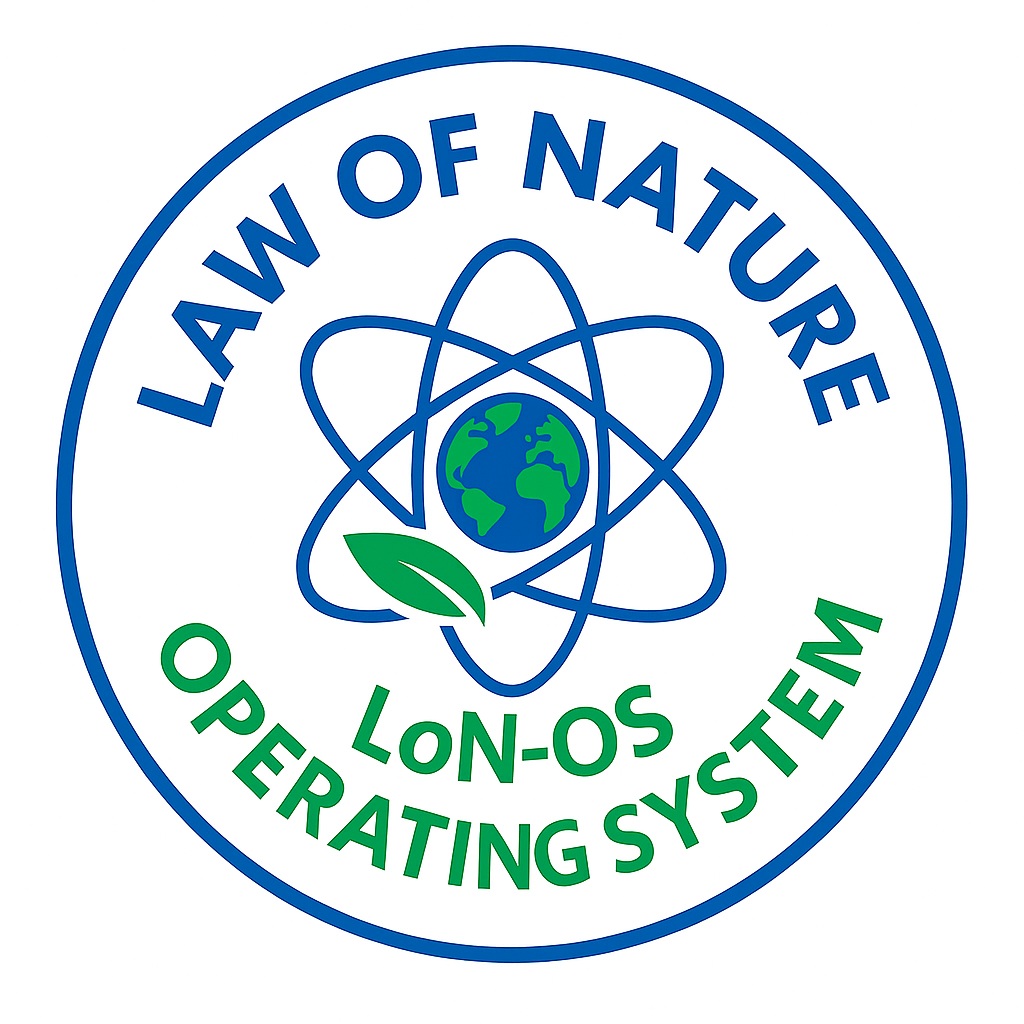Tutorials

5 to 25 Minute Tutorials For
Those who want to know where and how to intervene
2 hours only
Those designing and executing transformation projects
2:30 hours only
1.
2.
3.
3.1
3.2
failed us?
3.3
A single word, derived from the Tipping Point Law of Nature
Guidance for an interactive session or workshop:
3.4
3.4.1
3.4.2
Example 1 (former blog post, Dutch language): ‘Hoe de sector de aardappelziekte onder controle kreeg‘
Example 2 (white paper): Enabling the value of corporate strategy
Charles de Monchy’s collection of tools: ‘Collaboration in Networks, a toolbook for First Movers’. Downloadable via Luminspino.
3.4.3
This video tutorial explores one of the most urgently needed — yet widely overlooked — skill sets of our time: the Skill Set for Solving Complex Problems
It is a compelling business case as well.
→ This skill set has been known for a long time
→ Examples include those with Neurodiversity and many of our children — until the educational system moves them into the exact skill set
3.4.4
3.4.5